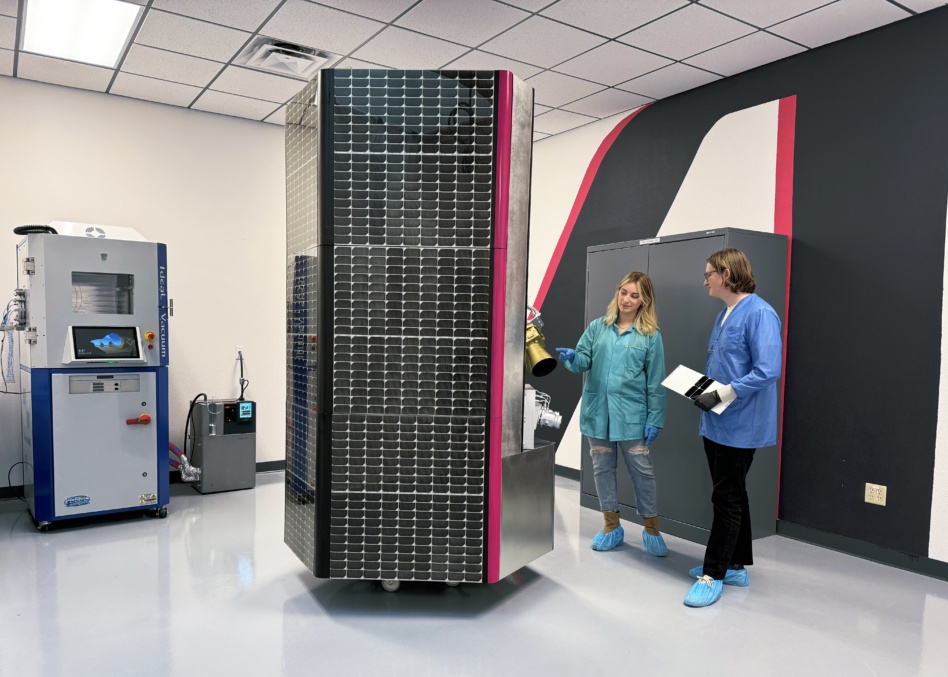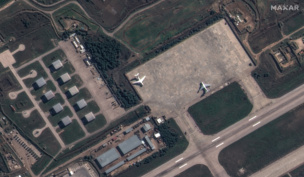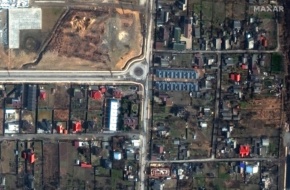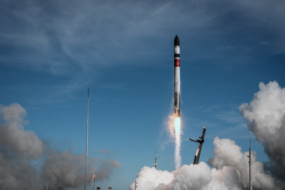Albedo will launch its first satellite in February aboard SpaceX’s Transporter-13 rideshare mission, the VLEO imaging startup announced Wednesday.
The satellite, dubbed Clarity-1, is already a hit with customers in sectors ranging from climate science to mining to energy grids who are booking time on the sat to add to or in some cases replace the imaging they’re doing now with planes and drones.
Supply and demand: Albedo has a set number of images it can collect between Clarity-1’s launch in 2025 and mid-2027, when the company starts to build out its constellation. Tasking for the sat will be “first come, first served,” according to CEO Topher Haddad—and customers are already signing up under the startup’s Albedo Reserve program, putting down a deposit now to guarantee their images.
Albedo shares their existing inventory for commercial customers in an online map that shows how much tasking is still available in different sectors of the world. The continental US, which is the top seller, according to Haddad, has about 26% availability remaining. Central Europe is about half sold out, and Australia only has about 38% left.
Some regions, including Russia and China, are high-priority areas for US government imaging, so there’s not any commercial inventory available right now.
Customers: Albedo announced half a dozen customers who have already reserved tasking on Clarity-1, including:
- AiDash, which works to make critical infrastructure industries more resilient to climate change and natural disasters, like severe storms and wildfires
- Open Grid Europe, a German gas transmission grid operators who will use space assets for the first time to monitor its 12,000+ km of pipeline
- PhotoSat, which provides info to the mining and geology industries, and can use Albedo’s assets to image areas where drones can’t go
“It’s a mix of customers who already buy satellite imagery and want high res on top of that, or a lot of these customers only fly helicopters to do this, and think 10-cm [imagery] is enough to replace that,” Haddad said.




